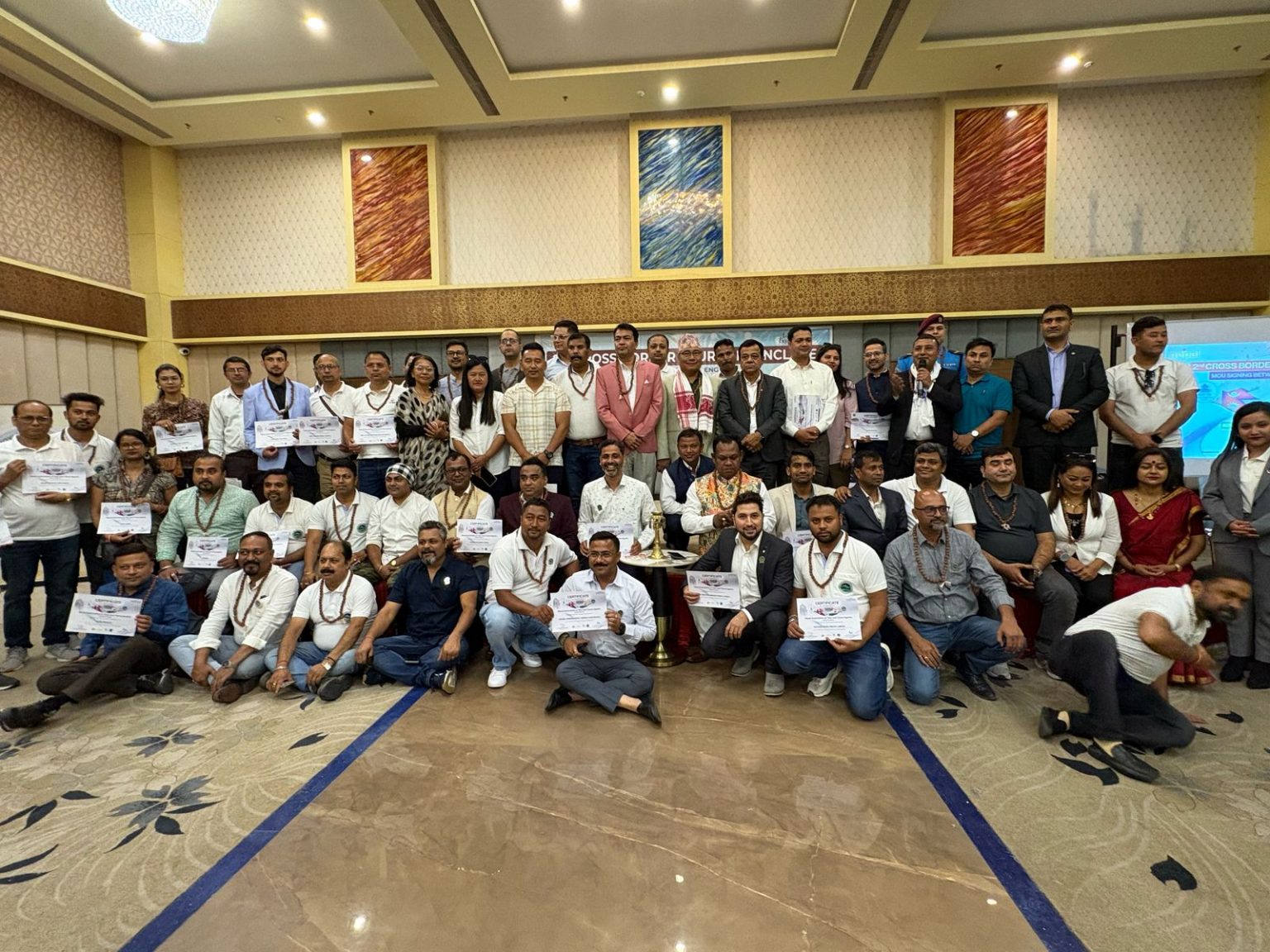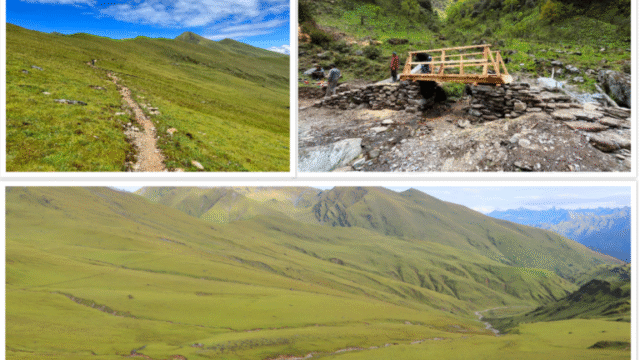In a significant step toward boosting regional tourism cooperation, the Nepal Association of Tour and Travel Agents (NATTA) and the Eastern Himalaya Tour and Travel Operators Association (EHTTOA) signed a Memorandum of Understanding (MoU) on Tuesday in Mechinagar. The landmark agreement aims to strengthen cross-border tourism ties between Nepal and India, particularly in the culturally rich and ecologically diverse region of eastern Nepal.
The signing ceremony, held in the presence of key tourism stakeholders from both Nepal and India, was facilitated by the Nepal Tourism Board (NTB). The event saw the participation of 35 NATTA (Koshi Chapter) members and 100 EHTTOA members, making it a prominent gathering of professionals dedicated to the development of sustainable and collaborative tourism initiatives.
Strengthening Nepal-India Tourism Ties
The newly signed MoU focuses on enhancing cooperation between NATTA and EHTTOA in order to develop tourism across the Siliguri corridor, a critical geographical link connecting eastern Nepal with northeastern India. This strategic passageway plays a vital role in cross-border tourism, enabling the seamless movement of travelers and encouraging cultural and economic exchanges between the two neighboring countries.
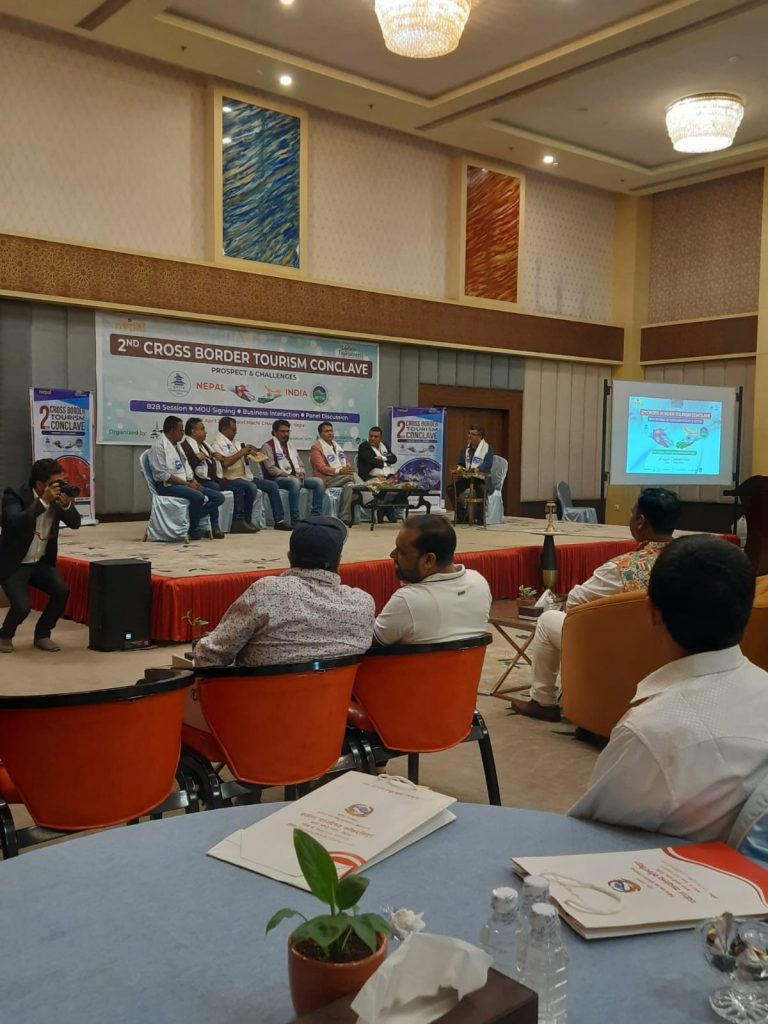
According to the agreement, both organizations will work jointly on promoting the region as a shared tourism destination, tapping into the cultural, historical, and religious affinities that bind eastern Nepal and the bordering Indian states. The area is known for its spiritual festivals, ancient temples, and natural beauty, offering immense potential for collaborative tour packages, heritage trails, and eco-tourism ventures.
Focus on Joint Marketing and Infrastructure Development
One of the key aspects of the MoU includes joint marketing and promotional activities, designed to position eastern Nepal as a preferred destination for Indian tourists and vice versa. This includes coordinated participation in international travel fairs, digital marketing campaigns, and promotional roadshows in both countries.
Additionally, the agreement emphasizes the need for better infrastructure to support tourism growth. Improved road networks, transport connections, and enhanced facilities at border crossing points are among the priorities outlined in the memorandum. These developments are expected to ease travel for visitors and encourage more frequent tourist exchanges.
Speaking at the event, Debasish Chakraborty, General Secretary of EHTTOA, highlighted the potential of the MoU to serve as a model for regional tourism integration. “The Nepal-India tourism project holds tremendous promise for both countries, especially for eastern Nepal. Destinations like Sandakphu and Maimajua village are ideal for adventure tourism and can attract thrill-seekers from across the border,” he said.
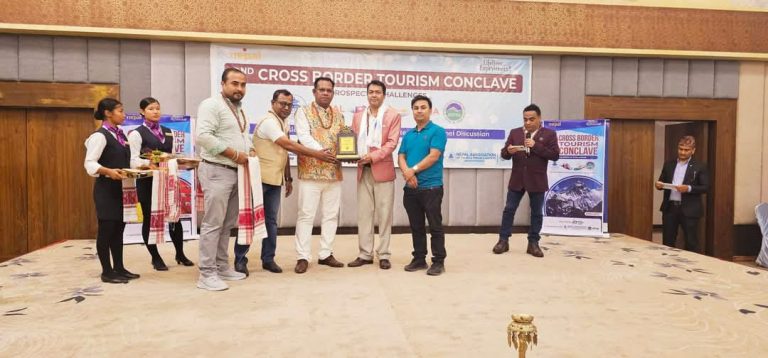
Promoting Community-Based Tourism
The MoU also places a strong emphasis on community-based tourism. By engaging the local population in tourism-related activities, the initiative aims to spread the benefits of tourism more equitably. Homestays, guided village tours, and traditional handicraft bazaars will not only preserve the unique culture of the region but also support small businesses and generate employment.
The collaboration is expected to enhance the overall visitor experience while promoting cultural preservation and responsible tourism practices. This bottom-up approach aligns with global trends that prioritize sustainable and inclusive tourism development.
A Continuation of Past Collaborations
The current MoU is an extension of a previous agreement signed between NATTA and EHTTOA in July 2018. The earlier partnership had successfully facilitated job creation, increased market access, and brought additional tourist footfall to the eastern region. Building on that momentum, the new agreement is poised to take regional tourism development to the next level.
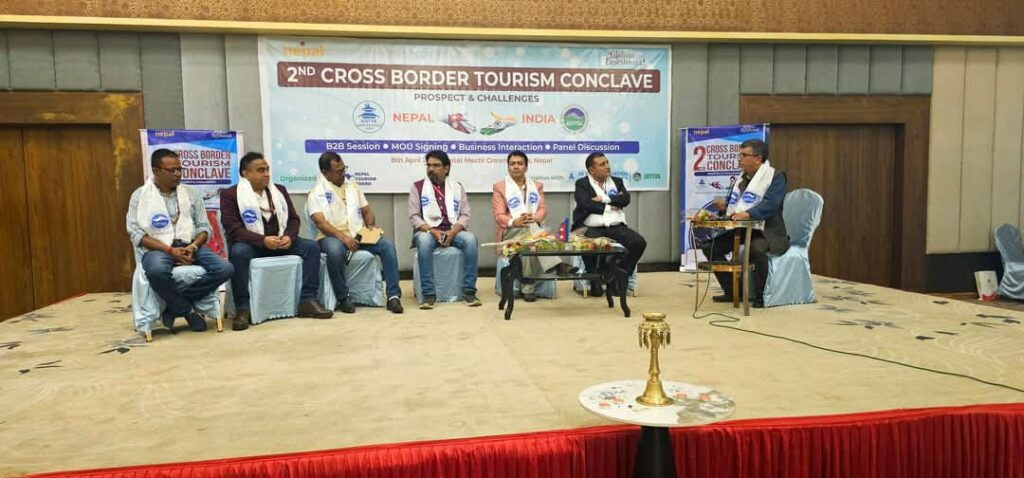
Surya Thapaliya, Senior Manager of the Nepal Tourism Board, reaffirmed NTB’s commitment to supporting such regional partnerships. “Since 2015, NTB and EHTTOA have been working hand-in-hand on various initiatives. This renewed MoU is a valuable addition to our efforts and will assist the Government of Nepal in boosting tourism development in the eastern region,” he said.
He further expressed optimism that the collaborative framework would contribute to achieving national tourism goals by aligning with the broader strategy of promoting underexplored destinations and diversifying the country’s tourism offerings.
Looking Ahead
With increased connectivity, shared cultural heritage, and a unified approach to tourism promotion, eastern Nepal and northeastern India stand at the threshold of a promising new chapter. The NATTA-EHTTOA agreement has been welcomed as a visionary step that not only strengthens bilateral ties but also sets the stage for inclusive and sustainable tourism growth in the Himalayan region.
As stakeholders from both countries continue to work together, the focus will remain on innovation, inclusivity, and infrastructure, ensuring that the tourism potential of the eastern corridor is fully realized in the years to come.
